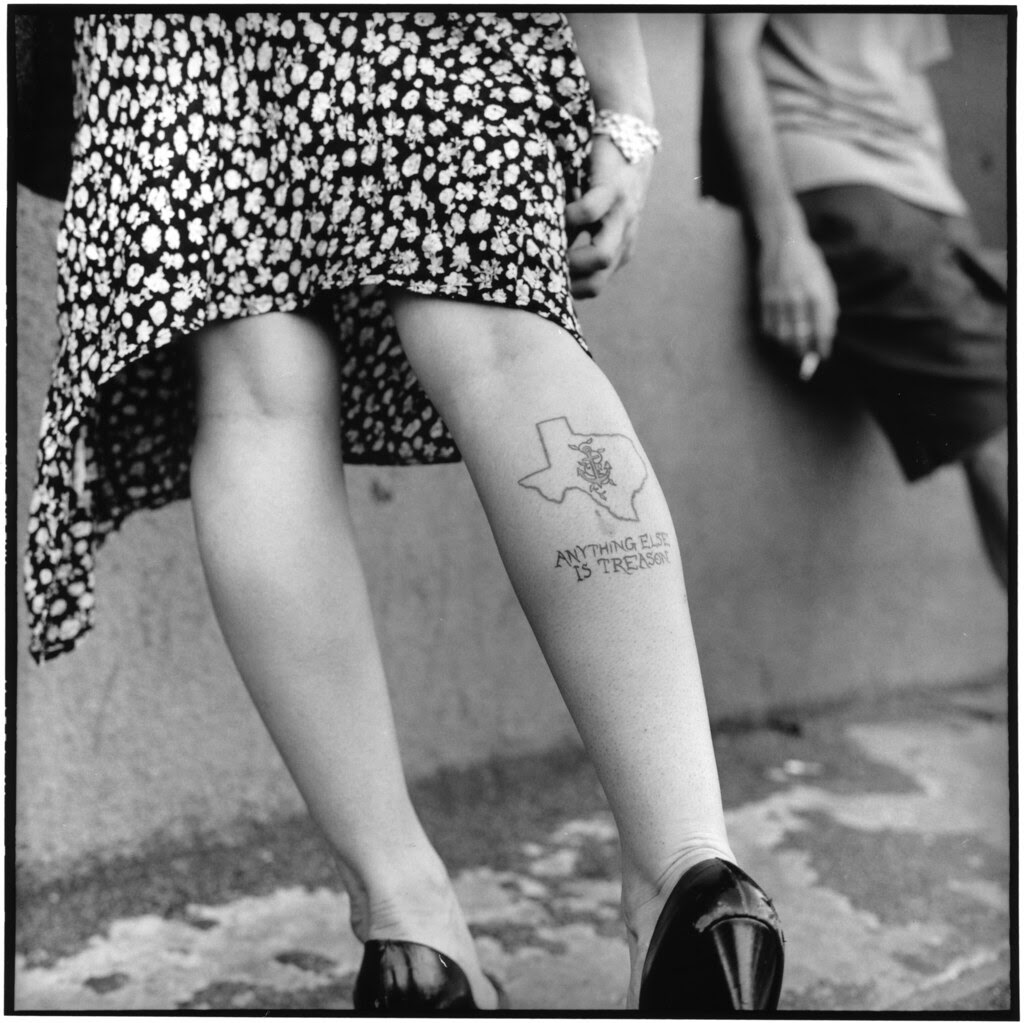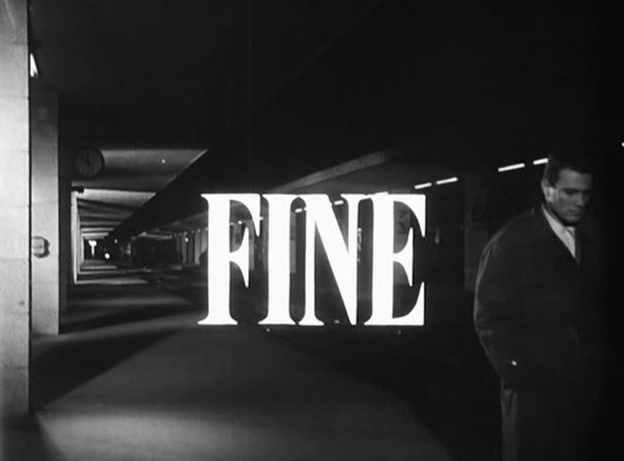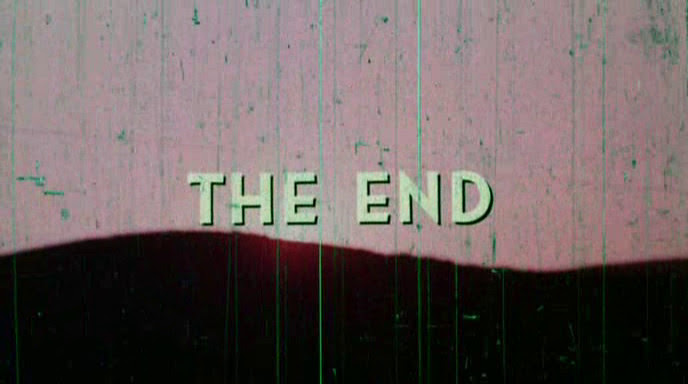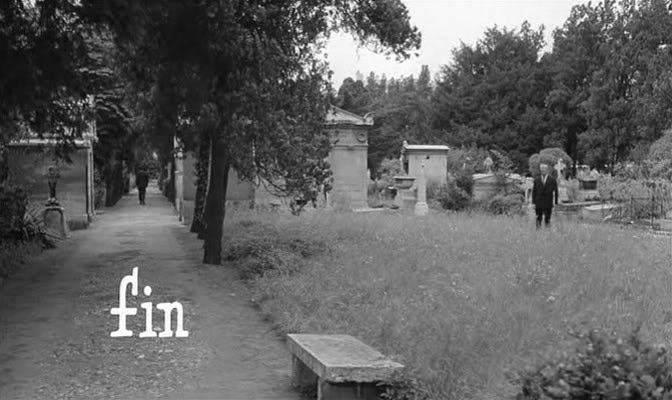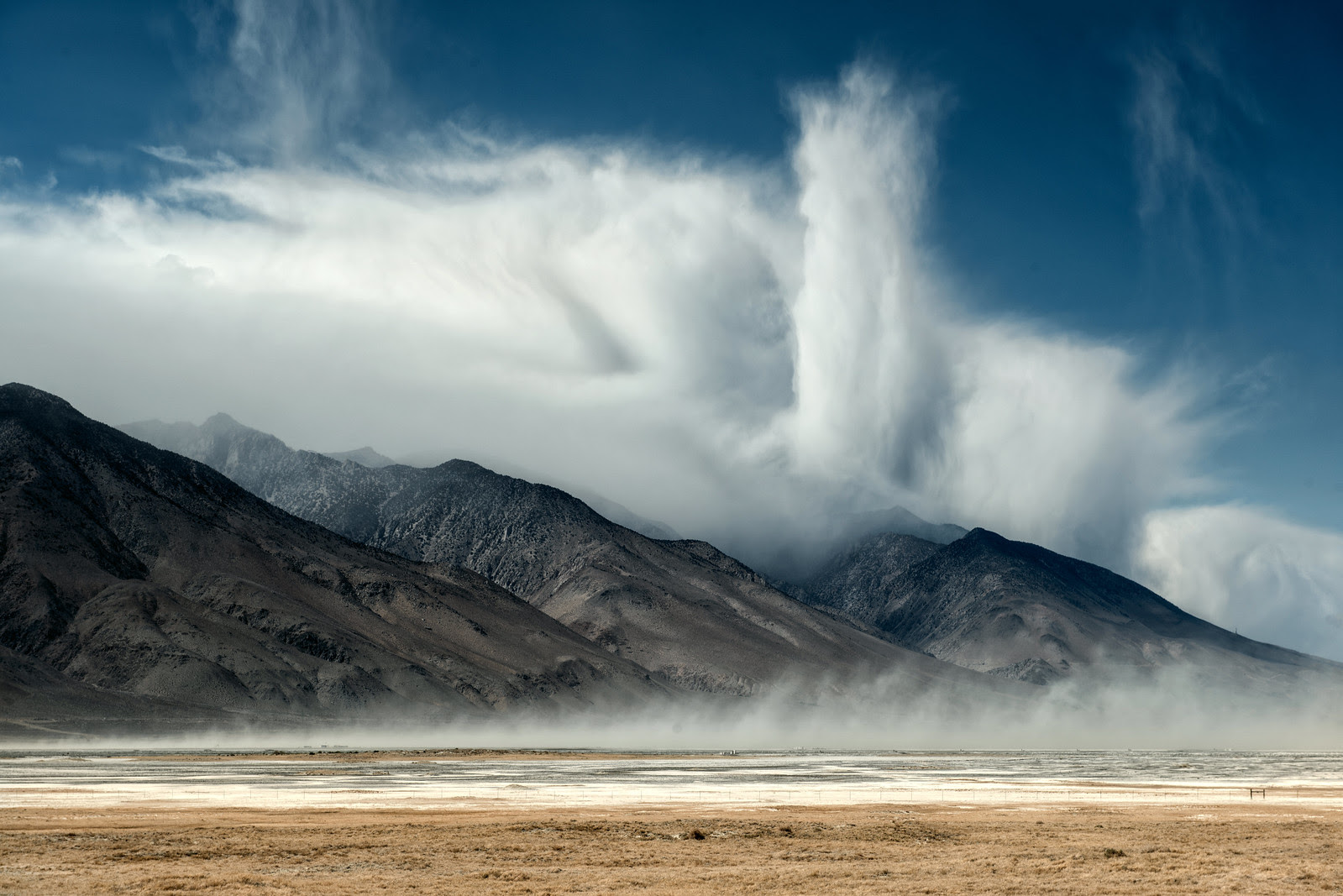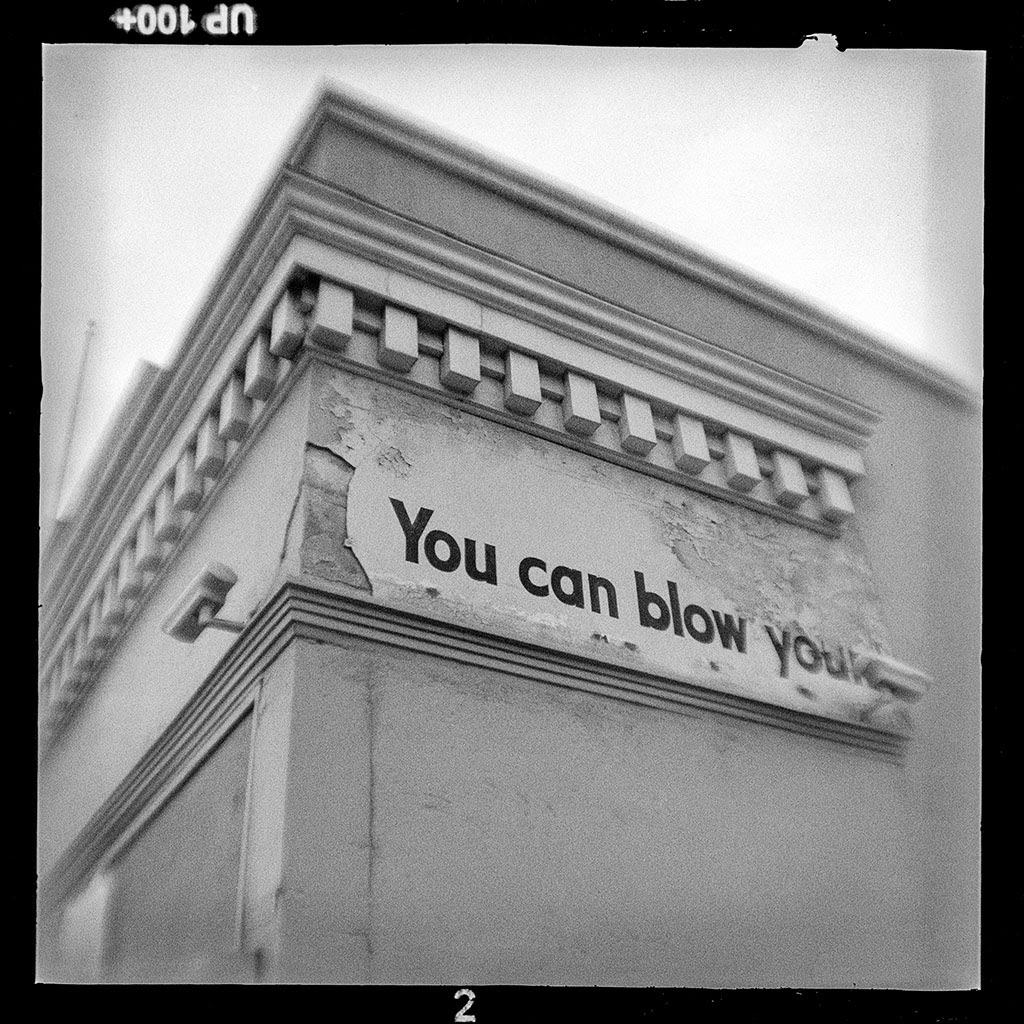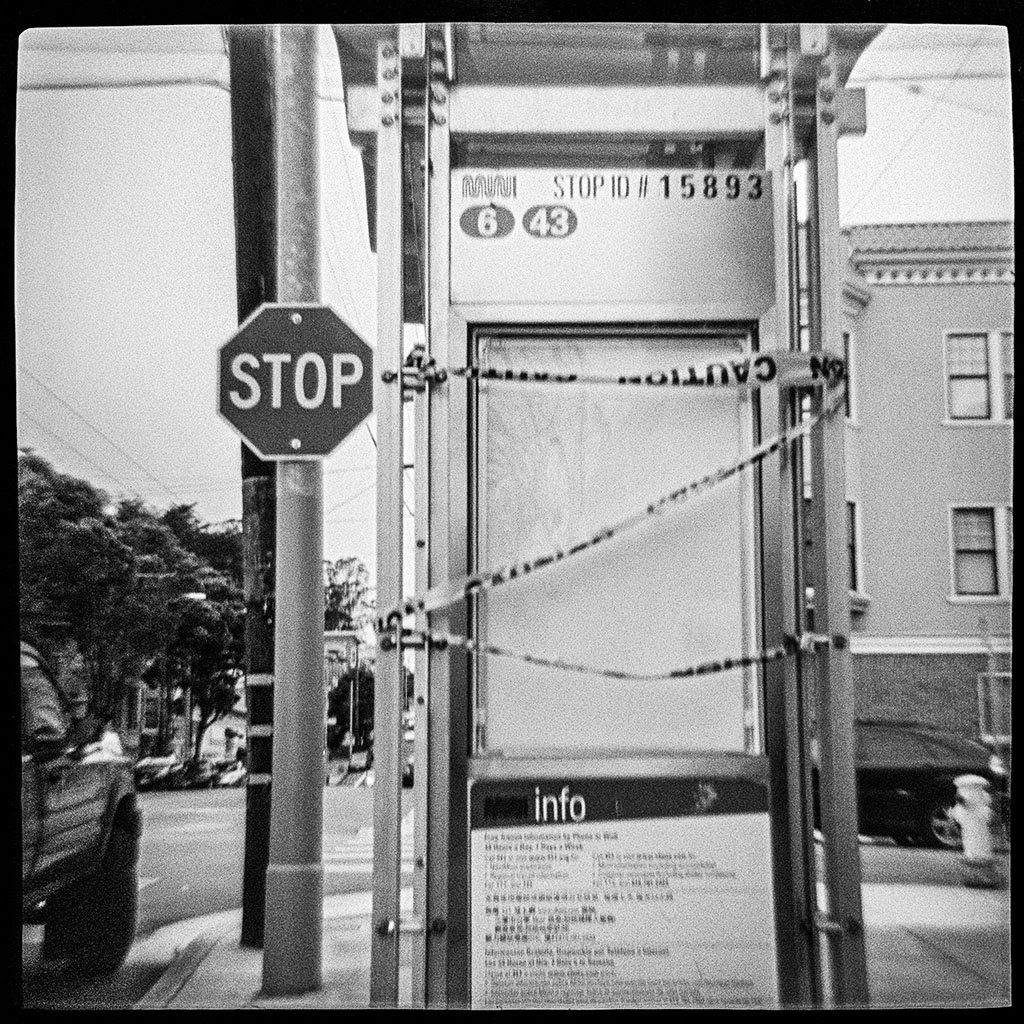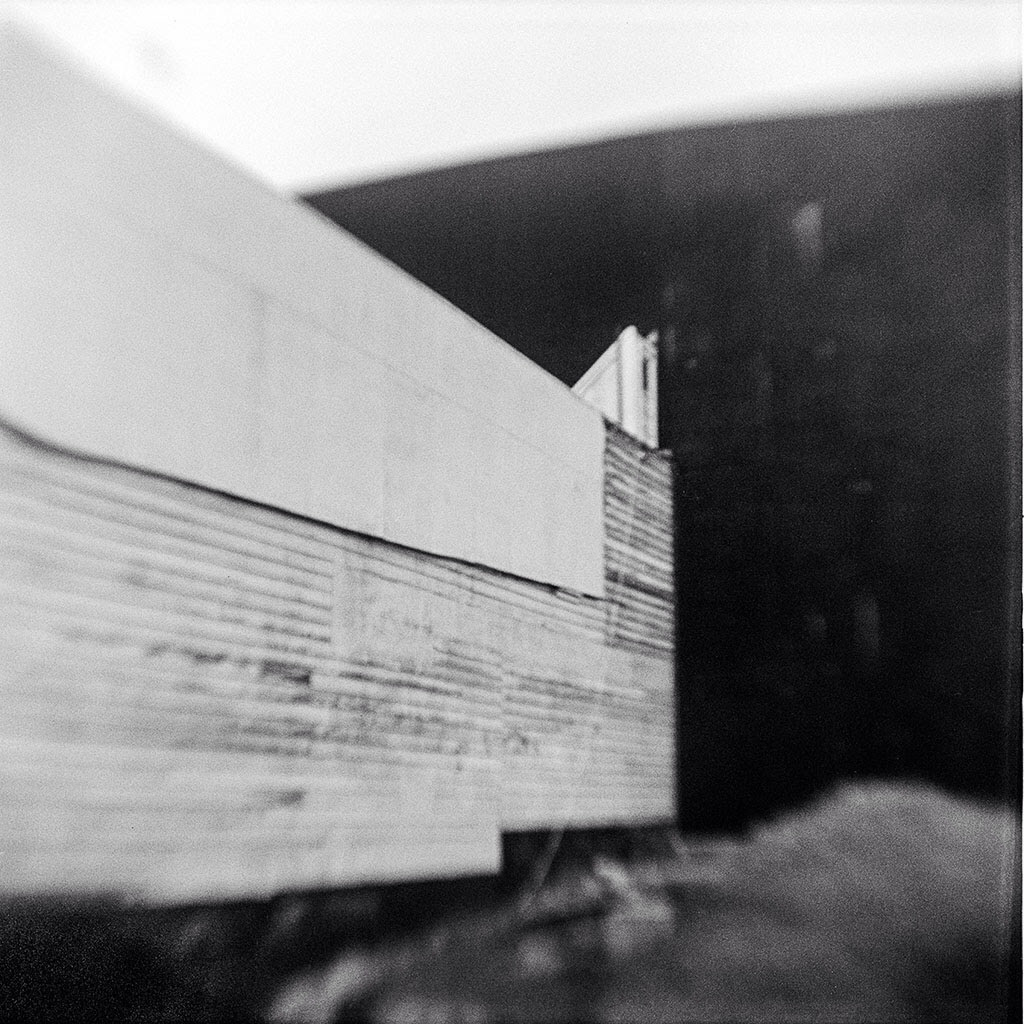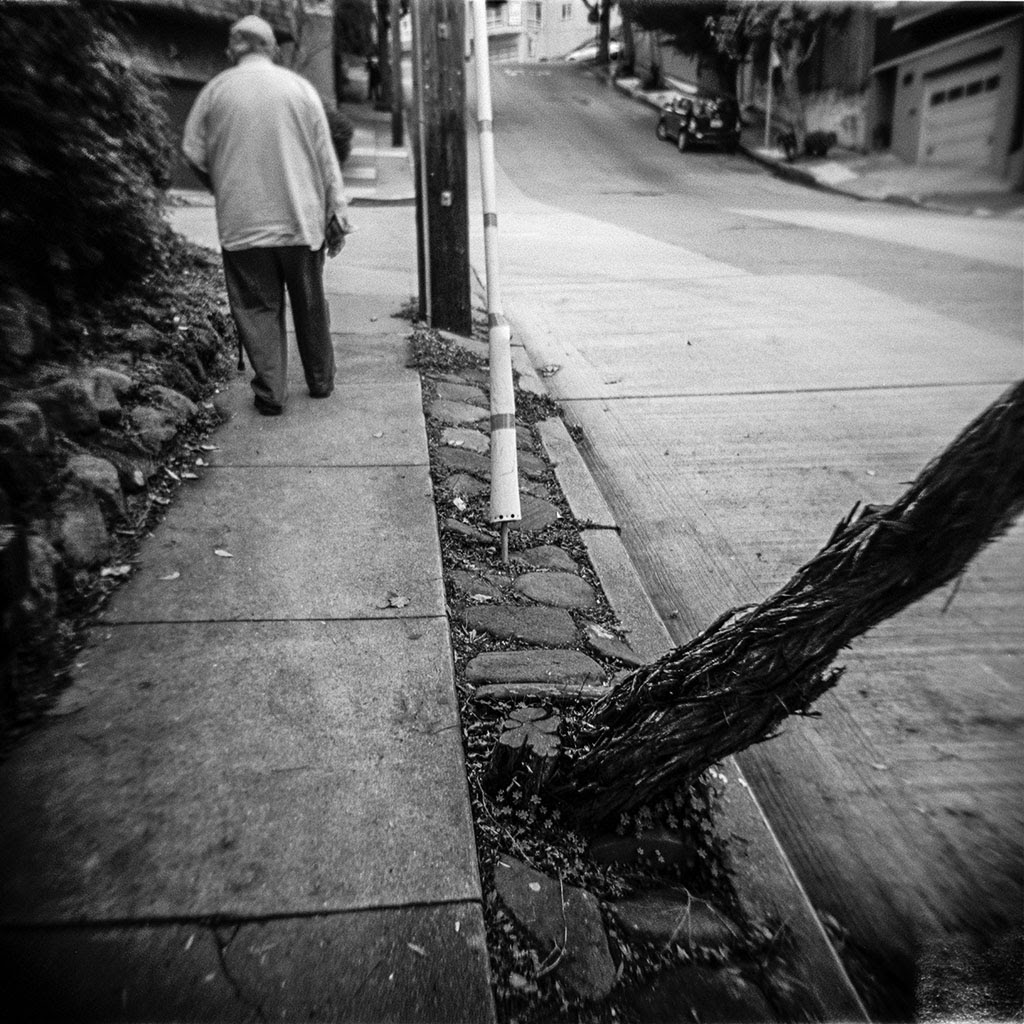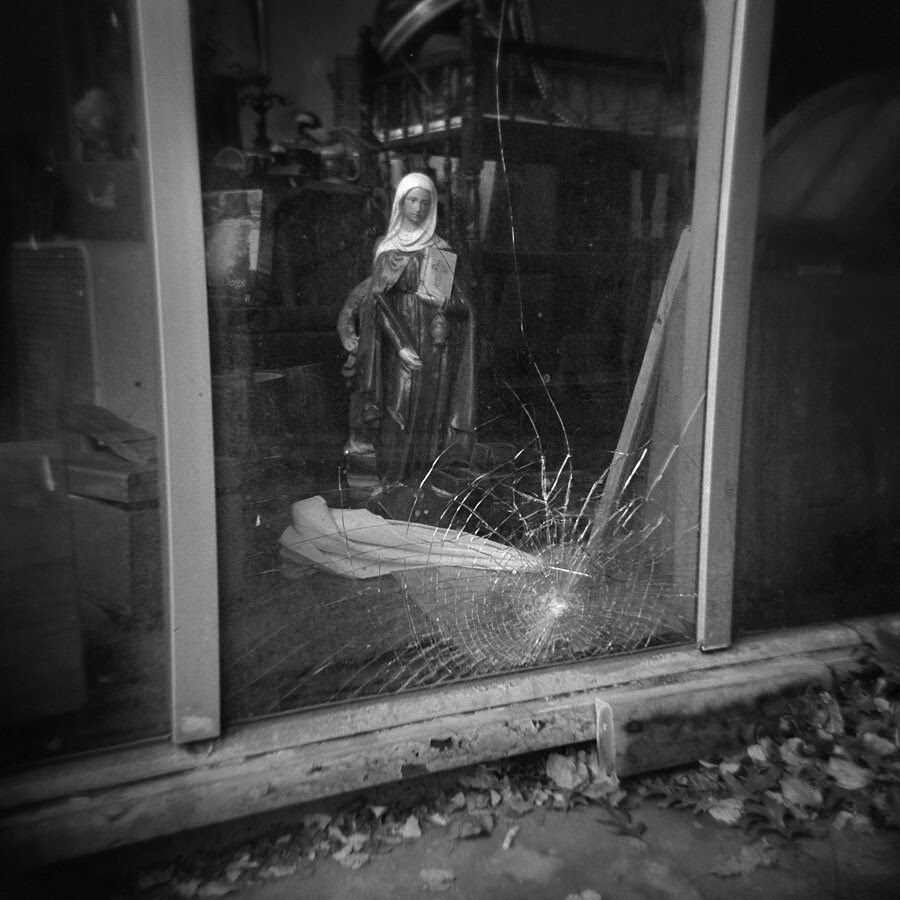.
Willamette River, Oregon City, Oregon: photo by Jorge Guadalupe Lizárraga (el zopilote), November 2012
The cultural landscape is fashioned from a natural landscape by a
cultural group. Culture
is the agent, the natural area is the medium, the cultural landscape is
the result. Under the influence of a given culture, itself changing
through time, the landscape undergoes development, passing through
phases, and probably reaching ultimately the end of its cycle of
development. With the introduction of a different -- that is an alien -- culture, a rejuvenation of the cultural landscape sets in, or a new
landscape is superimposed on remnants of an older one... Within each landscape there are phenomena that are not simply there
but are either associated or independent of each other... the task of geography is conceived as the establishment of a
critical system which embraces the phenomenology of landscape, in order
to grasp in all of its meaning and colour the varied terrestrial scene.
Carl O. Sauer (1869-1975): from The Morphology of Landscape, 1925
 Willamette River, Oregon City, Oregon: photo by Jorge Guadalupe Lizárraga (el zopilote), November 2012
Willamette River, Oregon City, Oregon: photo by Jorge Guadalupe Lizárraga (el zopilote), November 2012
Willamette River, Oregon City, Oregon: photo by Jorge Guadalupe Lizárraga (el zopilote), November 2012
Portland-Milwaukie Max Bridge, Willamette River, Portland, Oregon: photo by Jorge Guadalupe Lizárraga (el zopilote), April 2012
Yaquina River, Toledo, Oregon: photo by Jorge Guadalupe Lizárraga (el zopilote), February 2013
Yaquina River, Toledo, Oregon: photo by Jorge Guadalupe Lizárraga (el zopilote), February 2013
Yaquina River, Toledo, Oregon: photo by Jorge Guadalupe Lizárraga (el zopilote), February 2013
Camas, Washington: photo by Jorge Guadalupe Lizárraga (el zopilote), September 2013
Camas, Washington: photo by Jorge Guadalupe Lizárraga (el zopilote), September 2013



